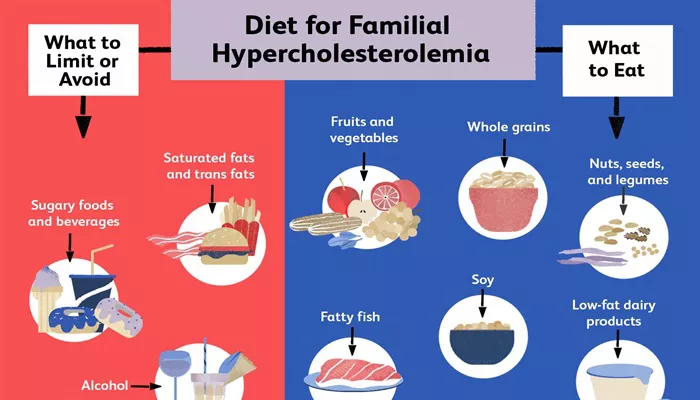High-fat diet (HFD)-induced hyperlipidemia is a significant public health concern that is associated with alterations in gut microbiota composition. Glycerolipid metabolism, which is responsible for lipid synthesis, plays a crucial role in the development of hyperlipidemia.
However, the potential associations between HFD-modulated gut microbiome and the glycerolipid metabolism pathway remain unclear.
This study aimed to investigate the relationship between gut microbiota disturbances and glycerolipid metabolism in a hamster model of HFD-induced hyperlipidemia.
Methods
Hamsters were fed a HFD for 4 weeks to establish a hyperlipidemia model. Fecal, plasma, and liver samples were collected from hamsters fed either a HFD or a normal chow diet (NCD). Integrative metagenomic and untargeted metabolomic analyses were performed to explore changes in the composition and functions of the gut microbiota, as well as relevant metabolites. Spearman rank correlation analysis was used to assess the correlations between gut microbes, circulating glycerolipid metabolites, gut microbes and lipids, and circulating glycerolipid metabolites and lipids.
Results
The gut microbial composition of HFD hamsters showed significant alterations at the phylum, genus, and species levels, which were skewed towards metabolic disorders compared to NCD hamsters.
KEGG functional analysis identified an enrichment of the glycerolipid metabolism pathway in the gut microbiome of HFD hamsters. Plasma and liver metabolomics further revealed the upregulation and enrichment of glycerolipid metabolites in HFD hamsters. The genera Faecalibaculum, Allobaculum, and Eubacterium were positively correlated with plasma glycerolipid metabolites and lipid indices.
Discussion
These findings suggest an association between glycerolipid metabolism and the HFD-modulated gut microbiome in the development of hyperlipidemia. The enrichment of the glycerolipid metabolism pathway in the gut microbiome of HFD hamsters, along with the upregulation of glycerolipid metabolites in plasma and liver, highlights the potential role of gut microbiota disturbances in lipid metabolism and the pathogenesis of hyperlipidemia.
The positive correlations between specific gut microbial genera and glycerolipid metabolites/lipid indices further support the interplay between the gut microbiome and lipid metabolism. These genera may serve as potential targets for therapeutic interventions aimed at modulating gut microbiota composition and glycerolipid metabolism to manage HFD-induced hyperlipidemia.
Conclusion
This study provides evidence for an association between gut microbiome disturbances and glycerolipid metabolism in a hamster model of HFD-induced hyperlipidemia. The findings underscore the importance of considering the gut microbiome as a key factor in the development and management of lipid metabolism disorders. Further research is warranted to elucidate the precise mechanisms underlying the relationship between the gut microbiome and glycerolipid metabolism in hyperlipidemia.


